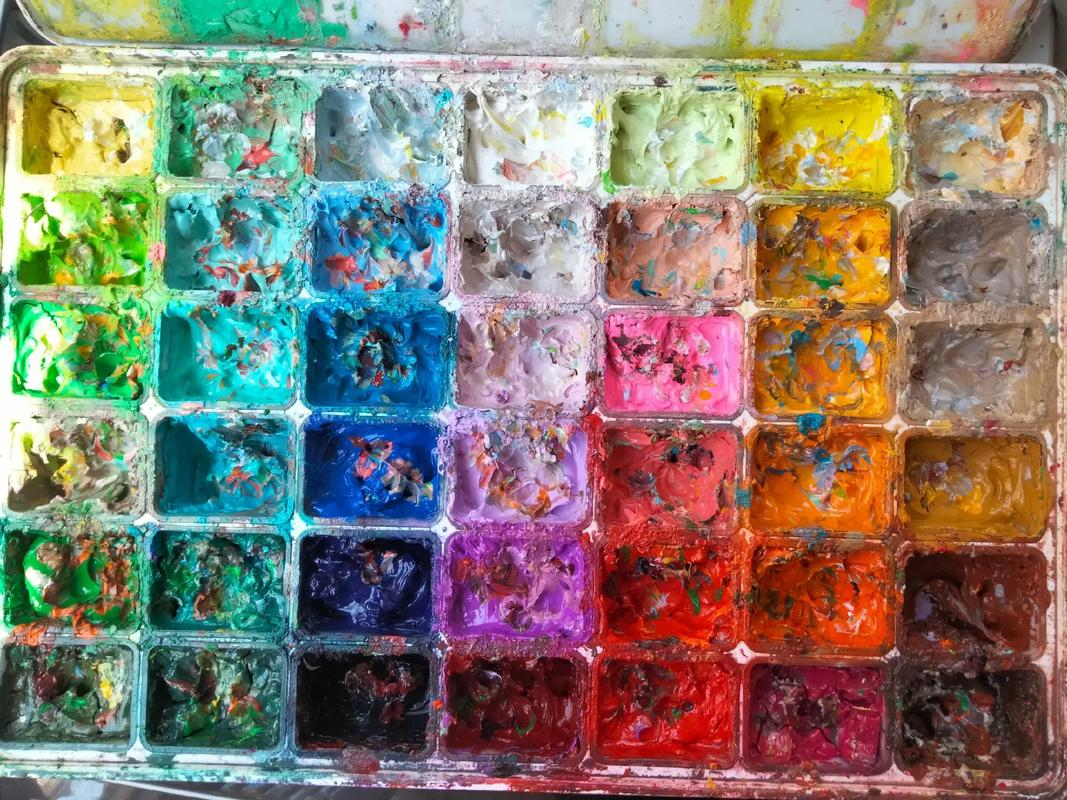Characteristics and application of kaolin in waterborne coatings
Kaolin is a non-metallic mineral, clay and clay rock dominated by kaolinite clay minerals. Because it is white and delicate, this article introduces the characteristics and application of kaolin in waterborne coatings.
The raw material commonly used in the coatings industry is titanium dioxide, which is expensive and prone to chemical contaminants. Pure kaolin has high whiteness, soft texture, easy dispersion and suspension in water, good plasticity and high adhesion, excellent electrical insulation properties; good acid resistance, low cation exchange capacity, better Physicochemical properties such as fire resistance. Replacing titanium dioxide with a chemically stable natural mineral kaolin can reduce costs and moderately reduce pollution.
Requirements for kaolin properties
1. Due to its high refractive index of hexagonal crystal structure, it greatly improves the hiding power of the coating film and reflects good color ductility.
2. The flat nature of kaolin provides a good balance between paint flow and leveling. Flat particles also tend to be arranged in parallel with the surface of the paint film, which can effectively prevent the penetration of moisture, and improve the scrub resistance and anti-pollution of the paint film. For the sticky paint film, the flat particles can improve the compressive resistance of the paint.
3. It is hydrophilic, so it is easy to disperse, the particle weight is small, and the suspension performance is good.
4. It has a narrow distribution range of colloidal particles, tends to make the viscosity of the coating unchanged, and can provide the desired rheology and thixotropy (high shear high flow and low shear low flow), so the film is relatively full. And can improve the drawbacks of pigment floating and hair coloring
5. Strong chemical inertness, small crystal optical axis angle, and high order of crystal shape, which will significantly increase the UV shielding ability of the coating.
Application of kaolin in waterborne coatings
Kaolin is used as a filler for paints and paints because of its white color, low price, good fluidity, stable chemical properties and large surface cation exchange capacity. Kaolin used for coatings generally has washed ultra-fine kaolin and calcined super. There are two types of fine kaolin. As a functional additive, it has good whiteness, coverage, softness, abrasion resistance, opacity, non-shrinkage, etc., and maintains good color and stability of the coating in high polymers. Kaolin is white in itself and is used as an additive without covering, but if it is added to a white paint or paint in an appropriate amount, it can enhance the gloss and improve its covering ability.
It should be noted that the ratio of the matrix of the waterborne coating to the powdery material in the coating also has a greater impact on the hiding power of the kaolin. The reason is that the refractive index of the coating matrix is close to that of kaolin. When the amount of matrix is large, the interface of kaolin particles is more covered, which reduces the refraction, reflection and scattering generated by the interface, thus reducing the hiding power.













